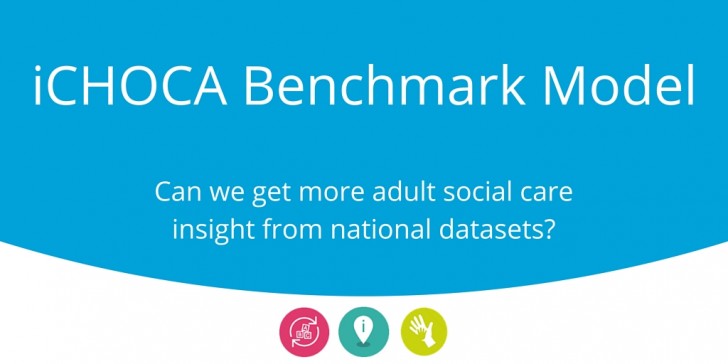Consolidating the future of the NHS
Consolidating the future of the NHS
The NHS England planning guidance was published at the end of March, and the key word in the document is…

One of the most common questions I have heard from Council Chief Executives and Directors of Adult Social Services over the last couple of months is “What does adult social care look like with 70-80% of the budget?”
We are working hard to help councils work out the answer to this question. One element of this is increasing the insight that we have from data. We are helping councils fill the data gaps – notably data around the effectiveness of prevention, and an overall future framework – including a Target Demand Model. There is also much more we need to do to make the most of the national and local data we do have. So, we have also asked the question: what can national data tell us about what good health and care currently – and will – look like?
On 7th and 8th October we held an “ASC data scrum” including 12 person days data analysis and interpretation effort involving eight of our team and a number of experts. We have wrestled with and combined the newly published national data sets and combined with other existing national data sets.
What’s emerged is a very complex picture. To make sense of the data and what it is telling us we have created the iCHOCA Benchmark model; an IMPOWER model that combines and compares Cost, Health, Outcome, wider Context, and Activity data across different stages of the customer journey.
Through this we can rank councils based on combinations of these factors and data sets (Directors of Adult Social Services told us they are fed up having to defend their low ranking performance on a random individual performance measure by explaining the context).
Next week we will be releasing information on where your council ranks on:
If you would like a sneak peak, or further details, please do come talk to us at NCAS Conference.
Of course, these are just a starting point. A good health and care system is a complex balance of a range of trade-offs and decisions. Through the model we have begun to test a wide range of correlations on what combination of factors make a good system.
We would like to enhance the iCHOCA benchmark model. If you have ideas or what hypotheses we could test or correlations we could explore, or would like to see anything else about how your council compares, please talk to me (jcooper@impower.co.uk), Alex Khaldi (akhaldi@impower.co.uk) or Henrietta Curzon (Hcurzon@impower.co.uk) at the NCAS Conference.